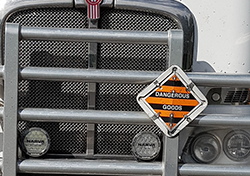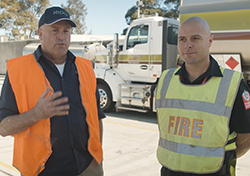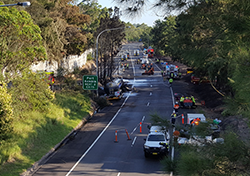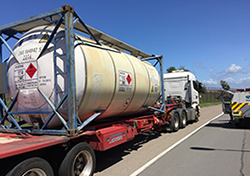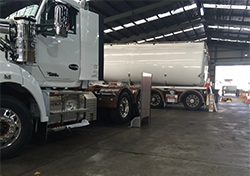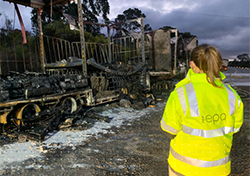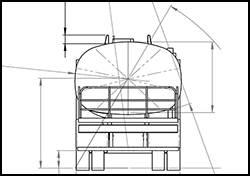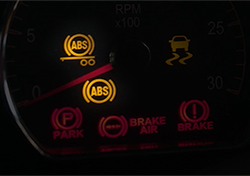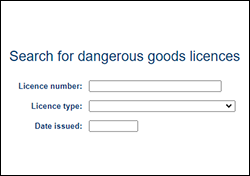Dangerous goods
We explain the rules around transporting dangerous goods by road and rail, how to get driver and vehicle licences for transporting dangerous goods, and how to get training.
Transporting dangerous goods or preparing dangerous goods for transport are activities with a high but manageable risk, if proper precautions are taken. Because of the risks, dangerous goods transport is a highly regulated activity. To manage the risks there are a number of controls that are required.
When transporting dangerous goods in a large receptacle such as a tank, both the driver and the vehicle must hold a dangerous goods licence. Find out what you need to do to get a licence.
This inspection manual has been prepared to assist operators, repairers and regulators ensure that tank vehicles meet legislative requirements.
This manual is for fleet operators, workshop managers and mechanics to identify potential causes of truck and tanker fires and to help prevent them.
